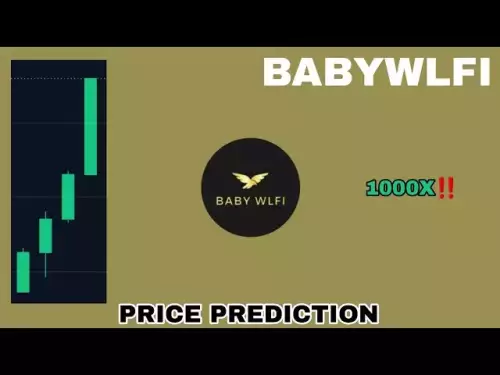-
 Bitcoin
Bitcoin $108200
-0.50% -
 Ethereum
Ethereum $4389
0.37% -
 Tether USDt
Tether USDt $1.000
0.00% -
 XRP
XRP $2.776
-1.46% -
 BNB
BNB $858.0
-0.48% -
 Solana
Solana $200.9
-0.91% -
 USDC
USDC $0.9999
-0.01% -
 TRON
TRON $0.3408
0.49% -
 Dogecoin
Dogecoin $0.2138
-0.97% -
 Cardano
Cardano $0.8112
-1.34% -
 Chainlink
Chainlink $23.23
-1.01% -
 Hyperliquid
Hyperliquid $44.35
0.70% -
 Ethena USDe
Ethena USDe $1.001
0.01% -
 Sui
Sui $3.252
-1.62% -
 Stellar
Stellar $0.3528
-1.95% -
 Bitcoin Cash
Bitcoin Cash $544.6
-1.53% -
 Avalanche
Avalanche $23.43
-1.52% -
 Cronos
Cronos $0.2942
-2.87% -
 Hedera
Hedera $0.2189
-3.04% -
 UNUS SED LEO
UNUS SED LEO $9.612
0.70% -
 Litecoin
Litecoin $108.9
-1.65% -
 Toncoin
Toncoin $3.167
1.32% -
 Shiba Inu
Shiba Inu $0.00001219
-1.18% -
 Uniswap
Uniswap $9.623
-1.03% -
 Polkadot
Polkadot $3.740
-1.76% -
 Dai
Dai $0.9998
-0.01% -
 Bitget Token
Bitget Token $4.533
-0.33% -
 Monero
Monero $262.6
1.54% -
 Aave
Aave $316.0
-0.97% -
 Ethena
Ethena $0.6440
-1.59%
What are gas fees in cryptocurrency?
Gas fees are transaction costs on blockchains like Ethereum, paid to compensate for computational resources, with prices fluctuating based on network demand and transaction complexity.
Sep 01, 2025 at 03:36 am
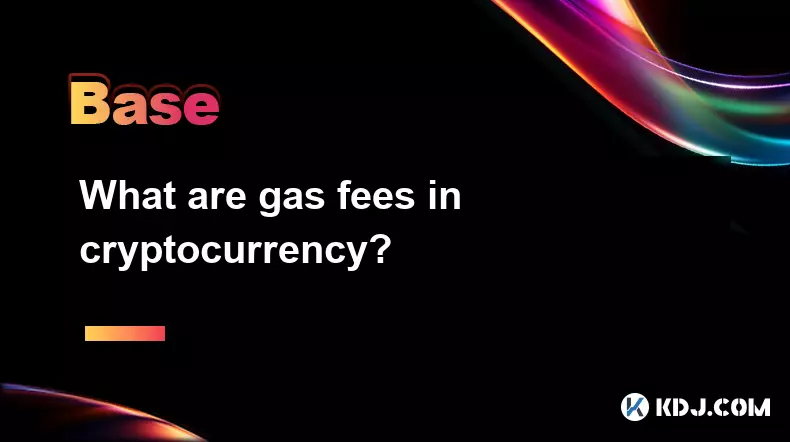
Understanding Gas Fees in Cryptocurrency Networks
1. Gas fees are transaction costs paid by users to compensate for the computational energy required to process and validate transactions on a blockchain network. These fees are essential for maintaining network functionality and security, especially on platforms like Ethereum where smart contracts and decentralized applications (dApps) are prevalent. Each operation, whether sending tokens or executing a smart contract, consumes a certain amount of gas, which is priced in small denominations of the native cryptocurrency, such as gwei for Ethereum.
2. The amount of gas required for a transaction depends on the complexity of the operation. Simple transfers of cryptocurrency require less computational power and thus consume less gas, while deploying a smart contract or interacting with a dApp can demand significantly more. Users must specify a gas limit—the maximum amount of gas they are willing to spend—and a gas price, which determines how much they are willing to pay per unit of gas. If the gas limit is too low, the transaction may fail, though the gas used is still deducted.
3. Gas fees fluctuate based on network congestion. During periods of high demand, such as when a popular NFT minting event occurs or when DeFi protocols experience heavy usage, users compete to have their transactions processed quickly by offering higher gas prices. This bidding mechanism operates through an auction-style system, where miners or validators prioritize transactions with higher fees. As a result, gas prices can spike dramatically in short periods, making transactions costly for average users.
4. Different blockchain networks handle gas fees in various ways. Ethereum, the most well-known platform using gas fees, has undergone upgrades like EIP-1559 to improve fee predictability by introducing a base fee that is burned and a tip for priority processing. Other networks, such as Binance Smart Chain or Polygon, offer lower gas fees by using alternative consensus mechanisms or scaling solutions, making them attractive for users seeking cost-effective transactions.
5. Wallet interfaces typically provide estimated gas fees based on current network conditions, allowing users to adjust their transaction speed. Choosing a 'slow' option results in lower fees but longer confirmation times, while 'fast' or 'urgent' options increase the gas price to expedite processing. Understanding these dynamics helps users balance cost and efficiency when interacting with blockchain applications.
The Role of Miners and Validators in Gas Fee Distribution
1. In proof-of-work blockchains like the pre-merge version of Ethereum, miners received gas fees as an incentive for validating transactions and securing the network. The computational work involved in solving cryptographic puzzles was rewarded not only by block rewards but also by the accumulation of transaction fees from the blocks they mined.
2. After Ethereum’s transition to proof-of-stake, validators now take on the role of confirming transactions. They are compensated with gas fees, although a portion of the fee (the base fee) is permanently removed from circulation through burning. This change was designed to reduce inflationary pressure and add deflationary mechanisms to the ETH supply.
3. Validators prioritize transactions based on the total fee offered, which includes the priority fee (tip) on top of the base fee. This creates a market-driven system where users who need immediate execution can pay extra to jump the queue. The transparency of this system allows users to make informed decisions based on real-time network data.
4. Some layer-2 solutions, such as rollups, batch multiple transactions off-chain and submit them as a single transaction to the main chain, significantly reducing the gas burden per user. These solutions shift part of the validation process away from the primary network, allowing validators to process more transactions at lower costs.
5. The economic model behind gas fees ensures that network resources are allocated efficiently. Without such a mechanism, spam transactions could overwhelm the system, degrading performance for legitimate users. By requiring payment for computation, blockchains maintain operational integrity and deter malicious activity.
Strategies to Minimize Gas Expenses
1. Monitoring gas price trends using tools like Etherscan’s gas tracker or third-party dashboards enables users to execute transactions during off-peak hours. Network activity often dips during certain times of the day, particularly in regions with lower crypto adoption, leading to reduced competition and lower fees.
2. Adjusting the gas price manually instead of relying on default wallet settings can lead to substantial savings. While wallets suggest average or fast rates, users comfortable with waiting can set lower gas prices, accepting longer confirmation times in exchange for reduced costs.
3. Utilizing layer-2 networks or sidechains offers a scalable alternative. Platforms like Arbitrum, Optimism, or zkSync inherit Ethereum’s security while processing transactions more efficiently, resulting in significantly lower fees. Transferring assets to these networks before interacting with dApps can be a cost-effective strategy.
4. Consolidating multiple transactions into one operation reduces overall gas consumption. For example, swapping several tokens in a single decentralized exchange interaction using a routing protocol minimizes the number of separate transactions, thereby lowering total fees.
5. Some decentralized applications provide gasless transaction options through meta-transactions, where a third party pays the gas fee on behalf of the user. In these cases, the cost may be embedded in the service fee or covered by the protocol itself to improve user experience.
Frequently Asked Questions
What causes gas fees to rise suddenly?Sudden increases in gas fees are typically triggered by surges in network demand. Events such as high-profile NFT launches, flash sales, or widespread use of DeFi protocols can flood the network with transactions. As users compete for limited block space, they bid up the gas price to ensure timely processing, leading to rapid escalation in costs.
Can gas fees be refunded if a transaction fails?If a transaction fails due to insufficient gas or a smart contract error, the network still consumes the gas used for computation up to the point of failure. While the primary transfer or action does not go through, the gas fee is not refunded because computational resources were utilized. However, no additional tokens are transferred beyond the gas payment.
Are gas fees the same across all blockchains?No, gas fees vary widely between blockchains. Ethereum is known for higher fees due to its popularity and congestion, while blockchains like Solana, Avalanche, or Fantom implement different architectures that allow for lower transaction costs. Fee structures depend on consensus mechanisms, network design, and scalability solutions unique to each platform.
How does EIP-1559 affect gas fee transparency?EIP-1559 introduced a predictable base fee that adjusts dynamically based on network usage, making fee estimation more accurate. This base fee is burned, reducing the circulating supply of ETH. Users also add a tip to incentivize validators, but the separation of base fee and tip provides clearer insight into pricing, reducing the volatility and guesswork previously associated with gas auctions.
Disclaimer:info@kdj.com
The information provided is not trading advice. kdj.com does not assume any responsibility for any investments made based on the information provided in this article. Cryptocurrencies are highly volatile and it is highly recommended that you invest with caution after thorough research!
If you believe that the content used on this website infringes your copyright, please contact us immediately (info@kdj.com) and we will delete it promptly.
- Memecoins September 2025 Watchlist: What's Hot Now?
- 2025-08-31 23:25:15
- Eric Trump Predicts Bitcoin to $1 Million: Hype or Reality?
- 2025-08-31 23:25:15
- BlockDAG: Redefining Scalability and ROI Potential in 2025
- 2025-08-31 23:05:16
- Ozak AI, Altcoins, and 20x Potential: Navigating the Crypto Landscape
- 2025-09-01 00:05:12
- Bonk Price, Solana Meme Coin, and the Rise of Layer Brett: A New Era?
- 2025-08-31 21:25:12
- ETH Transactions Soar, BTC Whale Shifts Gears: Decoding August's Crypto Charts
- 2025-08-31 21:05:16
Related knowledge
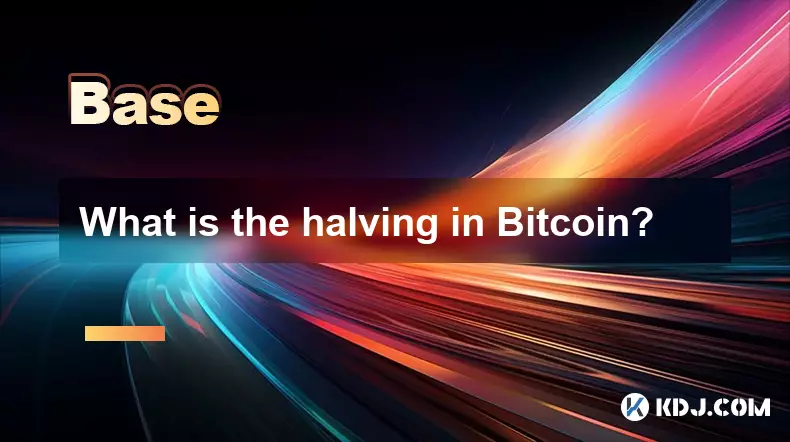
What is the halving in Bitcoin?
Aug 30,2025 at 10:18pm
Understanding Bitcoin Halving1. The Bitcoin halving is an event coded into the blockchain’s protocol that reduces the reward miners receive for valida...
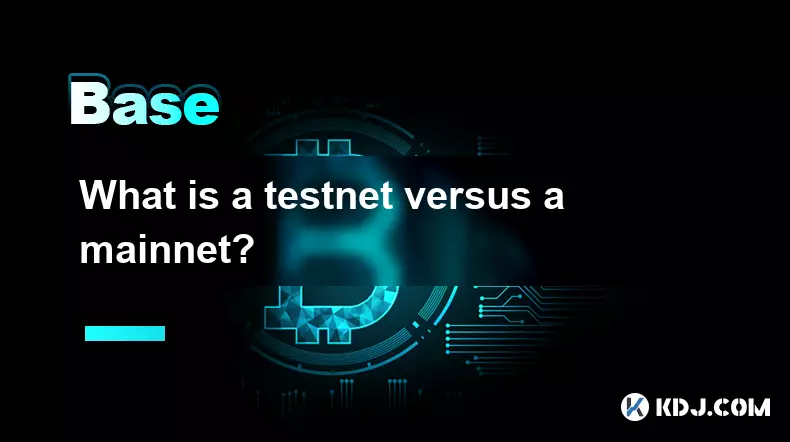
What is a testnet versus a mainnet?
Aug 30,2025 at 06:54pm
Understanding the Role of Testnets in Blockchain Development1. A testnet serves as a parallel blockchain environment designed specifically for develop...
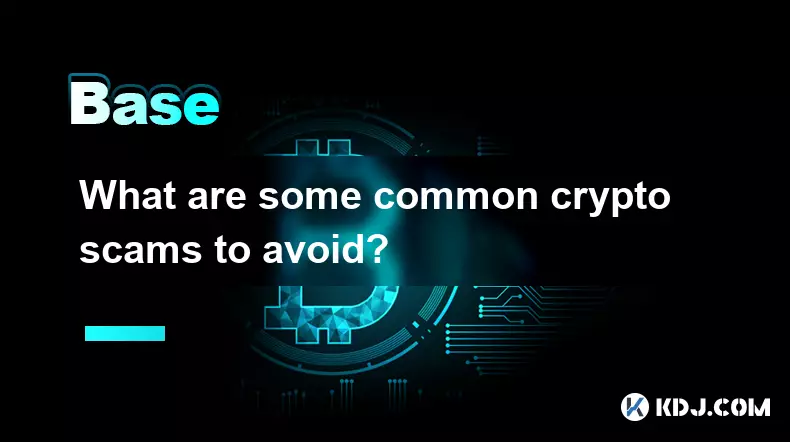
What are some common crypto scams to avoid?
Sep 01,2025 at 06:18am
Crypto Scams Involving Fake Exchanges1. Fraudulent platforms often mimic legitimate exchanges by using similar names and logos to deceive users. These...
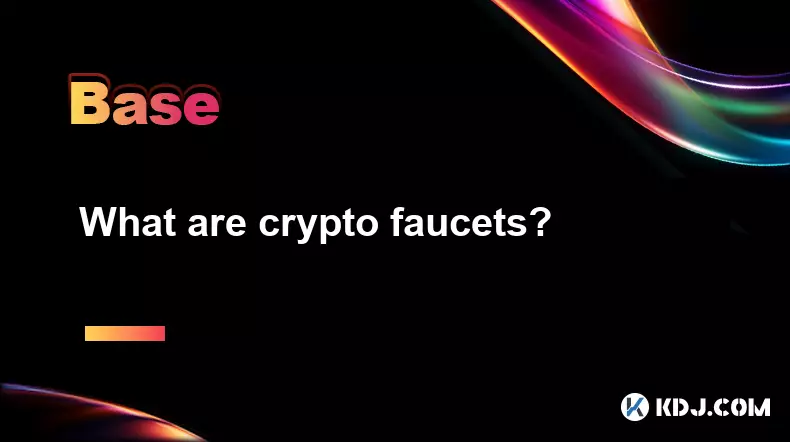
What are crypto faucets?
Aug 30,2025 at 08:10am
Understanding Crypto Faucets1. Crypto faucets are online platforms that distribute small amounts of cryptocurrency to users for completing simple task...

What are privacy coins?
Aug 30,2025 at 06:18am
Understanding Privacy Coins in the Cryptocurrency Ecosystem1. Privacy coins are a category of cryptocurrencies specifically designed to enhance transa...
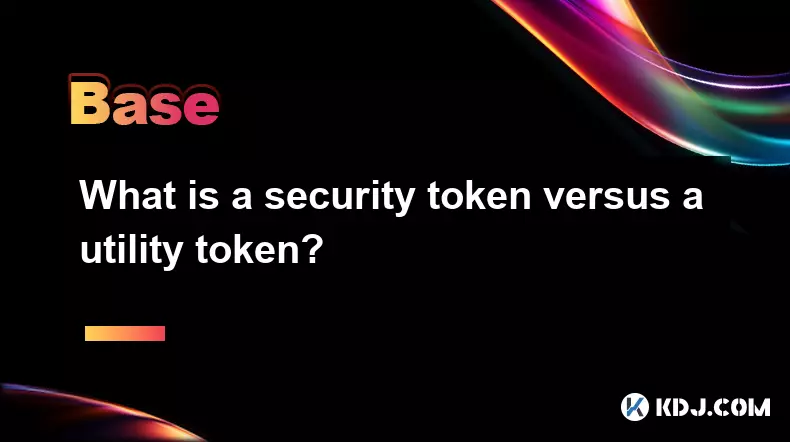
What is a security token versus a utility token?
Aug 30,2025 at 03:00pm
Understanding Security Tokens1. Security tokens represent ownership in an external asset or enterprise, often resembling traditional financial instrum...

What is the halving in Bitcoin?
Aug 30,2025 at 10:18pm
Understanding Bitcoin Halving1. The Bitcoin halving is an event coded into the blockchain’s protocol that reduces the reward miners receive for valida...

What is a testnet versus a mainnet?
Aug 30,2025 at 06:54pm
Understanding the Role of Testnets in Blockchain Development1. A testnet serves as a parallel blockchain environment designed specifically for develop...

What are some common crypto scams to avoid?
Sep 01,2025 at 06:18am
Crypto Scams Involving Fake Exchanges1. Fraudulent platforms often mimic legitimate exchanges by using similar names and logos to deceive users. These...

What are crypto faucets?
Aug 30,2025 at 08:10am
Understanding Crypto Faucets1. Crypto faucets are online platforms that distribute small amounts of cryptocurrency to users for completing simple task...

What are privacy coins?
Aug 30,2025 at 06:18am
Understanding Privacy Coins in the Cryptocurrency Ecosystem1. Privacy coins are a category of cryptocurrencies specifically designed to enhance transa...

What is a security token versus a utility token?
Aug 30,2025 at 03:00pm
Understanding Security Tokens1. Security tokens represent ownership in an external asset or enterprise, often resembling traditional financial instrum...
See all articles

























